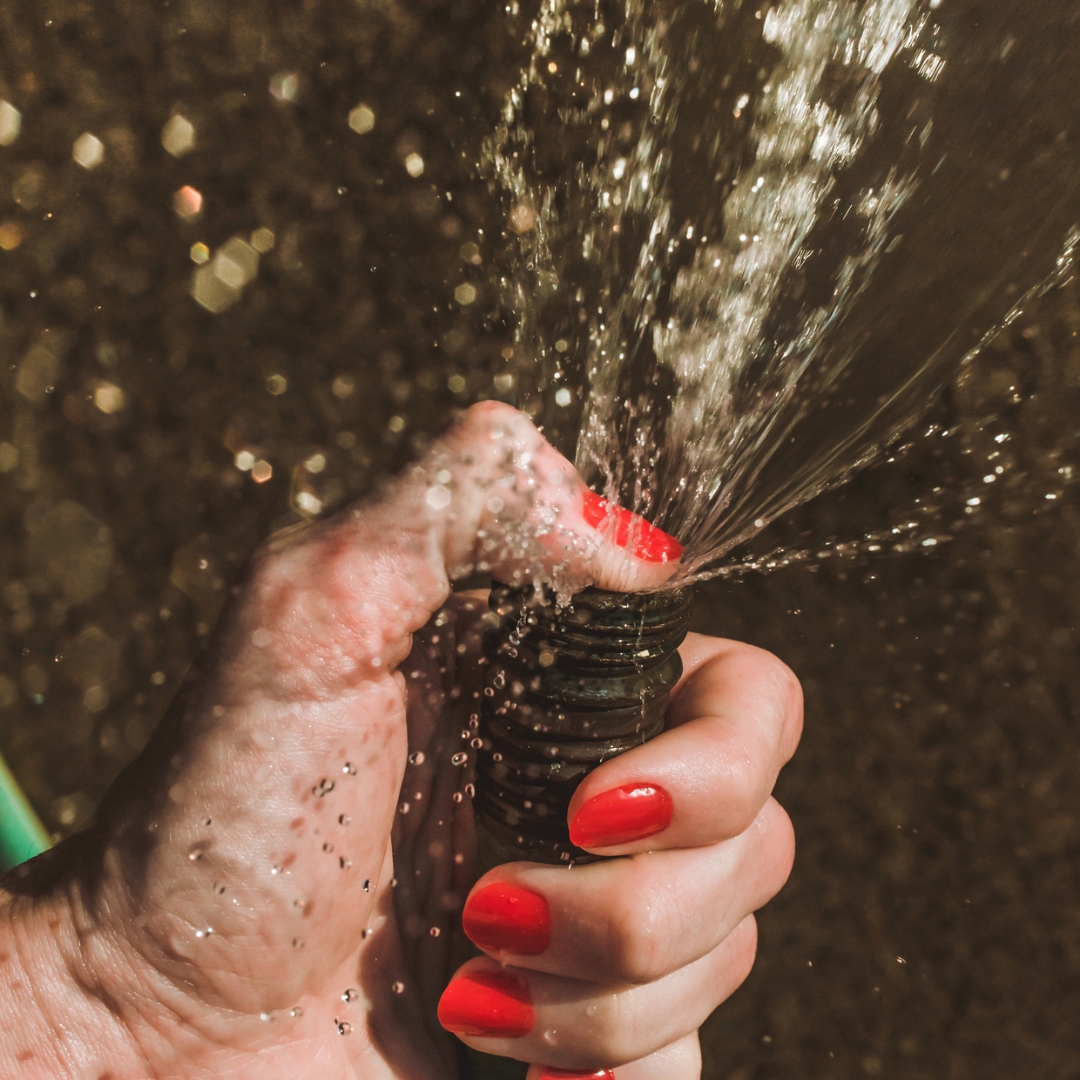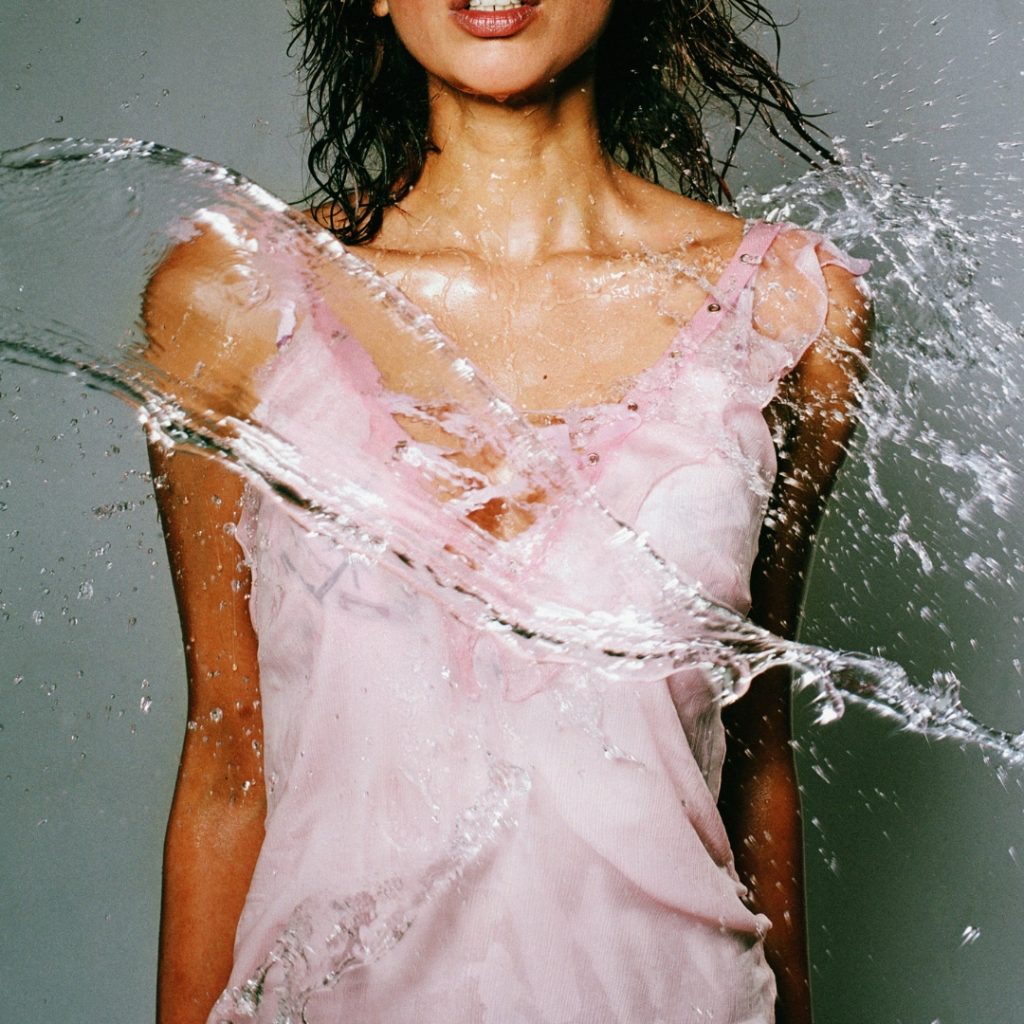Let’s explore one of the most intriguing and often misunderstood topics related to sex: squirting. Is it pee? Can everyone do it? And how do you even make it happen?
Spoiler alert: there’s no universal answer. Squirting, gushing and ejaculating are unique sexual responses that feel like an intense release—but they don’t always look or feel the same. And while squirting isn’t required for great sex, it’s definitely a fun possibility to explore.
To clear up the confusion, we turned to certified sex and relationship practitioner Georgia Grace for her expert insights. Scroll on for everything you need to know about what squirting is, how it works and how to embrace it.
For an experience that *really* satisfies...
Sign up to our free sex and dating newsletter — it’s the spiciest one Down Under 😘
By signing up, I agree to KK Press’s Terms & Conditions; my information will be used as described in its Privacy Policy.
What Exactly Is Squirting?
First, let’s define the terms. Squirting, gushing and ejaculating often get lumped together, but research suggests they’re not exactly the same.
Here’s a breakdown:
- Ejaculation: A milky, cum-like fluid released during arousal, similar to penile ejaculation.
- Squirting: A more watery fluid, sometimes mixed with ejaculate, that can happen before, during or after orgasm.
- Gushing: A larger amount of fluid—think soak-the-sheets wetness—that occurs during heightened arousal or pleasure.
“Ejaculating, squirting and gushing are pleasurable experiences that are not related to vaginal lubrication, as these fluids are expressed out the urethral opening when you’re aroused,” explains Grace. “Unlike what porn will lead you to believe, it doesn’t necessarily happen at the peak of orgasm. It can happen before, during or after orgasm.”
Scientists are still debating what exactly squirt fluid is. Some studies suggest it contains traces of urine mixed with other fluids. Others point to the Skene’s glands (secretory glands near the urethra) as the main source of female ejaculation. “During sexual arousal, the Skene’s glands swell as blood flows to the genital region, secreting a milky fluid throughout sex and potentially at peak moments of pleasure,” Grace explains.
And yes, squirting is different from peeing. “Just like a penis can [ejaculate] and wee out of the same tube, why is it so hard to believe that people with vulvas can, too?” Grace adds.
Is Squirting Pee?
While squirt fluid may contain traces of urine, it’s not the same as peeing.
“The fluid released during squirting is not urine, and anyone who is a frequent squirter will attest to this as the fluid is clear and doesn’t look, smell or taste like wee,” says Grace. “In recent years, I’m less concerned with proving it’s not wee and more concerned with supporting people to feel comfortable with bodies expressing fluids during sex. Sex involves fluids, cum, sweat, sometimes tears, sometimes menstrual blood and sometimes squirt.”

So, Um... Do You Need to Squirt?
Porn has set some unrealistic expectations. Squirting can be an amazing experience, but it’s not a requirement for great sex.
“Many people will orgasm without squirting,” Grace explains. “Take the goal out of sex and prioritise pleasure instead.”
Can Everyone Squirt?
Short answer: maybe.
“Everyone with a vulva has the mechanics to do it, but this doesn’t mean they will or want to,” Grace says.
Squirting is just one way to experience pleasure, and it’s not something you need to force. Everyone’s body responds differently, and that’s OK. Squirting can be a fun and exploratory practice, but it’s not the finish line for great sex. Whether you’re solo or with a partner, focus on the experience, not the outcome.
“Try not to become fixated on ‘making’ yourself squirt,” says Grace. “This can add a lot of pressure and stress—remember, this is about following pleasure, not adding pressure.”
So lie back, relax and enjoy the journey. Because when it comes to squirting, the goal isn’t perfection—it’s pleasure.

Our latest issue is out now!
Subscribe to have future issues delivered to your doorstep.
How to Squirt
If you’re curious about squirting, it helps to know how to set yourself up for success.
“When you’re practising squirting, you’re letting go of hardwired patterns of clenching your pelvic floor,” says Grace.
Empty your bladder beforehand, take deep breaths and focus on relaxing your body—especially your pelvic floor.
Since the G-spot is part of the clitoral network, external stimulation of your clitoris can help get things going. “While you masturbate externally, insert your fingers, facing up to massage the G-spot,” says Grace. (The G-spot is located about 5-8cm inside the vagina on the front—the side closest to your belly.) “The more aroused you are the more engorged the G-spot will be so wait until you’re turned on to find it.” Insert fingers or a curved toy and press upwards on the front wall.
"That ‘about-to-pee’ feeling is usually a good sign!"
“Try thudding rather than rubbing—a deeper, repetitive pressure on the front side of the vaginal wall,” suggests Grace. This can create a build-up sensation, which often feels like you’re about to empty your bladder.
That ‘about-to-pee’ feeling is usually a good sign! Relax, thrust your hips and go with the flow—literally.



